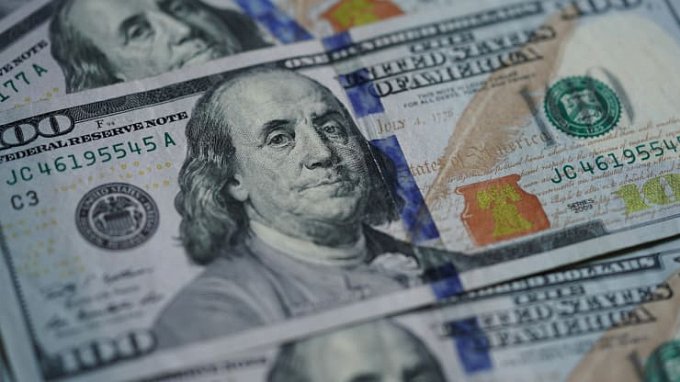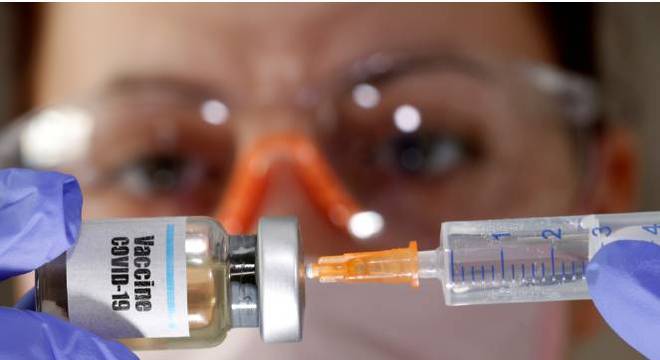The U.S. dollar resumed its slide on Tuesday in what may turn out to be a very short-lived recovery. There were no U.S. economic reports on the calendar, but 10-year Treasury yields resumed their slide, falling more than 6%, and driving the dollar sharply lower in the process. According to the Democrats, stimulus talks are finally moving in the right direction. Investors are nervous but also cautiously optimistic that Congress will reach an agreement in the very near future as they are fully aware of the urgency and consequences, which explains the rally in equities.
The euro ended the New York session within a few pips of 1.18, which is a significant move considering that it traded as low as 1.1721. Given the lack of Eurozone data, this rally can be attributed primarily to U.S. dollar weakness. Sterling was the weakest currency. Investors are disappointed by the lack of progress in EU-UK trade talks and worried that service sector PMI will be revised lower tomorrow like manufacturing.
The best performing currency yesterday was the Australian dollar. Not only did Australia's trade surplus increase in June, with exports and imports rebounding, but retail sales grew at a faster pace. The Reserve Bank of Australia has left interest rates unchanged, announced plans to step back into the bond market and predicted a bumpy uneven recovery.
It’s a busy day ahead, with service sector PMIs due out of the Eurozone and the U.S to influence. The U.S stimulus package will also be in focus.






